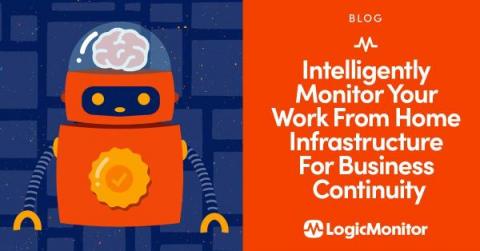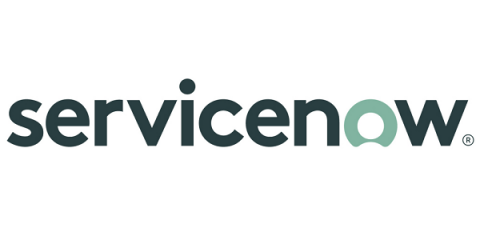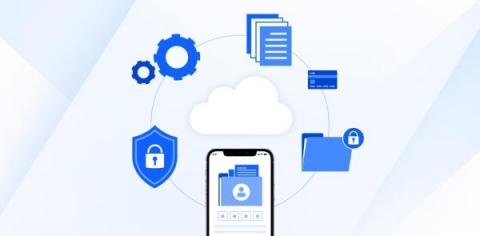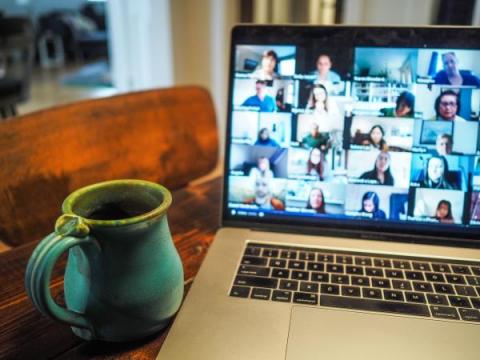Operations | Monitoring | ITSM | DevOps | Cloud
Latest News
How to Keep Your System Visible in the Age of Remote Working
Monitoring IT infrastructure and services has always been an essential IT prerequisite. However, your IT monitoring system and security measures need to upgrade with an exponential increase in the number of remote users post-pandemic. For instance, consider this: At the end of a work day, you are notified that one of your critical services has gone down. But the problem is that five teams support different processes of that service.
10 Free and Open-source Apps for Remote Workers
4 steps to optimize a hybrid work environment
Work is no longer a place. It’s an activity that can and does happen anywhere. As such, it’s given rise to hybrid work, which combines the collaborative atmosphere offices provide with the perks of working remotely. This model gives employees flexibility in their workdays and better work-life balance. It also has the potential to positively affect diversity, equity, and inclusion, according to McKinsey.
Digital Dexterity Enhances Remote and Hybrid Work
The leap to remote work happened nearly overnight with the pandemic, and it’s clear that hybrid work and digital dexterity is the way of the future. As a result of this shift in the way we work, companies have invested in new technologies to adapt to the growing remote world, with 69% of companies planning to increase their investment in digital tools even more in 2022. Additionally, over 90% of businesses strive to implement hybrid work environments.
Improving Information Security in the Age of Remote Work
Make Your Hybrid Work Model Successful with Digital Experience Monitoring
According to a new study, the hybrid work model reduces attrition by a third. As the pandemic shifted work to remote, with some companies going fully remote work for over two years, many organizations are looking to continue to allow hybrid work environments. In 2022, more than 90% of midsize companies plan to implement a hybrid work structure. One of our customers practices this model and is always interested to know what new features can enhance the digital experience of their distributed workforce.
6 Ways You Can Upgrade Your Business Even If You're Fully Remote
3 Ways to Lower Backup Costs for Remote and Hybrid Workers
With the surge of remote workers and a need for increased flexibility, the traditional workplace is a thing of the past. According to Slack’s Future-Forum Pulse Report, the percentage of people working in hybrid and remote arrangements has increased to 58% in the United States. This means that organizations will need to adapt to a hybrid model to maximize employee productivity while supporting collaboration in and out of the office.
The Proactive IT Manager for Digital Experience Monitoring
As remote working culture becomes more prevalent, technology is now at the core of many business operations, and digital experience monitoring (DEM) has never been more important. In today's business, IT must help increase employee productivity and drive business growth rather than just solve problems at the support desk. Many companies have not yet fully implemented their digital experience strategy. As a result, many problems related to different devices, network conditions, and service providers are still plaguing the industry and ruining the employee experience.











